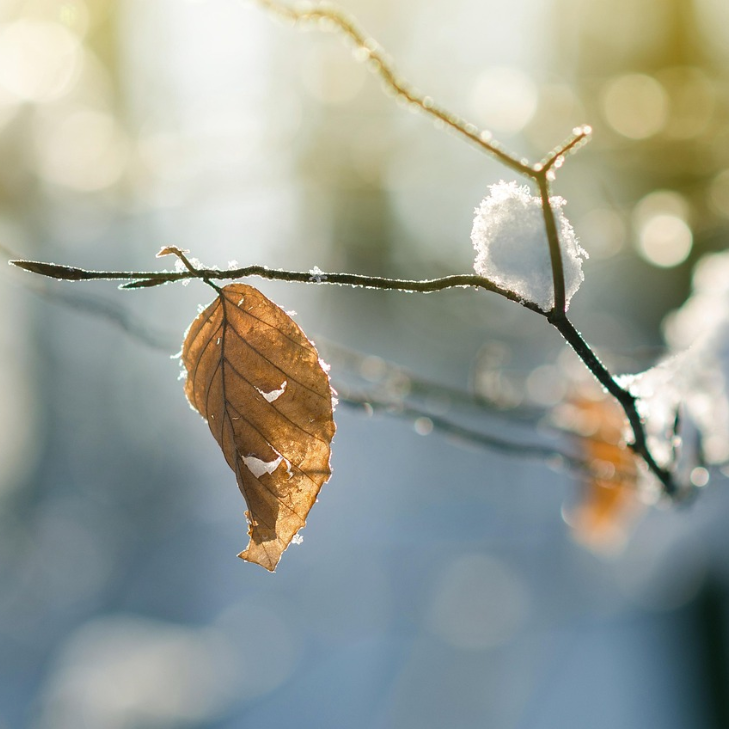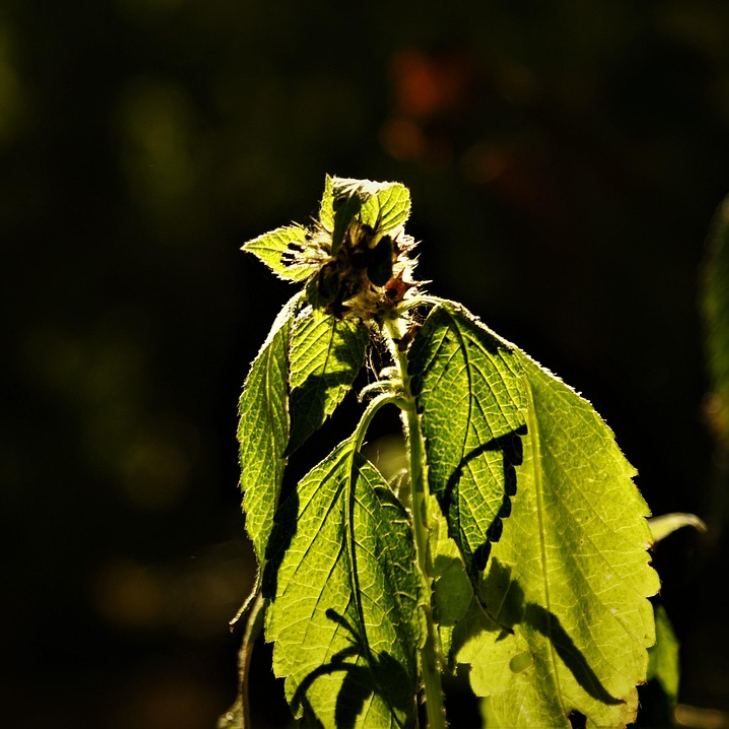|
Summary: Winter can quietly sabotage your indoor plants, drying their leaves and slowing growth. |
|
Key Highlights:
|
If you’ve ever wondered why your house plants' winter routine seems perfectly fine all summer but start throwing tantrums as soon as the temperature drops, you’re not alone. The problem is your home’s winter environment.
This guide on how to take care of plants in winter breaks down exactly what happens to your plants in winter and what to do about it.
Let’s rescue those leaves and bring a little tropical calm back into your living room.
Why Do Houseplants Dry Out in Winter?
Did you know the air inside your home during winter can be drier than the Sahara Desert? No wonder your once-lush ferns and fiddle-leafs start looking more like crispy kale chips.
There are three main causes behind your plants’ winter struggles: Dry Air, Sleepy Sun, and Resting Roots.
Dry Air: When the heaters crank up, indoor humidity plummets to desert levels. The air pulls moisture from leaves faster than roots can replace it, leaving your plants parched even when the soil feels damp.
Sleepy Sun: With shorter, weaker daylight, plants slip into a semi-dormant state. Their metabolism slows, and so does water uptake, making it tricky to find that balance between too much and too little care.
Resting Roots: As growth slows, roots take a break too. Keep watering like it’s summer, and you’ll drown them instead of helping; root rot becomes a real threat.
What are Some Common Winter Problems for Houseplants?
Knowing how to diagnose common issues quickly can save your indoor plants in the winter from an early demise. In winter, most problems are linked to low light, dry air, or improper watering.
Crispy Leaf Tips

The Problem: The edges and tips of leaves turn brown, crunchy, and dry.
The Fix: This is almost always a sign of low humidity or a buildup of fertiliser salts. For better winter houseplant care, increase humidity using a humidifier or pebble tray, and pause fertilising until spring.
Sudden Droop

The Problem: Leaves look wilted and sad, often overnight.
The Fix: First, check the soil. If it’s bone dry, underwatering is the cause (use the soaking method). If the soil is wet, it’s a sign of root rot from overwatering. In that case, let the soil dry out completely and increase air circulation.
Yellowing Lower Leaves

The Problem: Older leaves at the base of the plant turn yellow, then brown, and fall off.
The Fix: This is a common sign of overwatering in a dormant plant. Water indoor plants for winter less often and make sure pots drain well. Sometimes, it’s just your plant shedding leaves that it can’t support in low light.
Slow Growth

The Problem: The plant shows little to no new growth compared to summer.
The Fix: This is normal! Do not try to force growth with more fertilizer or water. Allow the plant to rest and conserve its energy. Growth will resume in spring.
Pest Increases (Spider Mites)
.png)
The Problem: Fine webbing, tiny dots, or discoloured spots appear on the leaves. Spider mites, in particular, love the hot, dry air of winter.
The Fix: Isolate the plant immediately. Increase local humidity. Treat the plant by wiping the leaves with a damp cloth or Neem Oil spray. Preventing pests is a big part of home plant care during the cold months.
How to Keep Houseplants Alive in Winter
Use this simple checklist to make your winter houseplant care routine foolproof and keep your indoor jungle thriving until spring.
- Water Less Often but More Carefully: Check the soil deep down (1–2 inches) and only water when dry.
- Remove Dust for Better Photosynthesis: Wipe down leaves monthly to ensure they can absorb the maximum amount of the limited winter light.
- Boost Humidity: Use a humidifier or pebble trays to help tropical and indoor winter plants handle dry air from heating systems.
- Avoid Cold Drafts: Keep plants away from exterior doors, window seams, and cold glass. Sudden temperature drops are highly stressful.
- Expect Slower Growth: Do not panic or try to force new leaves. The plant is resting; this is healthy.
- Keep Temperatures Stable: Maintain a consistent, comfortable temperature; avoid extreme fluctuations between day and night or between rooms.
Best Houseplants for Dry Winter Air
When humidity drops, some indoor winter plants handle it far better than others. If you’re looking to bring new greenery home right now, pick one of these resilient heroes that are naturally built to shrug off low humidity and reduced light.
Snake Plant
This is a famously tough, sculptural plant with upright leaves. It tolerates low light and very dry air, making it one of the best winter indoor plants for beginners.
ZZ Plant
Featuring glossy, dark green, waxy leaves, the ZZ Plant is practically indestructible. It thrives on neglect and needs minimal watering, making it the ideal choice for indoor environments stressed by dry winter heat.
Peace Lily
Known for its deep green leaves and striking white flowers. This is a great choice because it gives you a clear visual cue: it will dramatically wilt and droop when it’s truly thirsty, helping you avoid the biggest winter mistake—overwatering.
Spider Plant
This is a cheerful, low-fuss plant. It tolerates a wide range of light and humidity and is very forgiving if you occasionally forget to water.
Pedilianthus
Also known as Devil’s Backbone, this adaptable vine is the ultimate winter houseplant. It can handle lower light and longer dry spells with ease.
How to Revive a Very Dry Plant: The Soaking Method
Even the best indoor plants for winter can reach a point where the soil turns into dust. If you find a plant that has been severely neglected and the entire soil ball is bone dry (or hydrophobic—repelling water), follow this mini step-by-step:
- Fill a container: Find a large bowl, bucket, or sink that is wider than the plant's pot. Fill it with 2–4 inches of lukewarm water.
- Submerge the pot: Place the plant’s pot directly into the water, ensuring the water level is below the soil surface.
- Let it soak: Allow the pot to sit and soak for 30–60 minutes, or until the top of the soil appears evenly moist. The dry soil will slowly wick water up through the drainage holes.
- Drain thoroughly: Remove the pot and place it on a saucer or rack to let all the excess water fully drain away. Do not let the plant sit in the drained water.
Final Thoughts
Caring for houseplants in winter doesn’t have to feel like survival mode. The winter months are undeniably the most challenging for every devoted plant parent, but they certainly don't have to be a season of loss.
Embrace the slow down. View the season not as a struggle, but as a period of rest and resilience for your green friends. With thoughtful, customised winter care, your indoor jungle will not just survive, but be perfectly positioned to burst back to life, lush and vibrant, the moment the light of spring returns.
FAQs
How do you protect houseplants from cold drafts in winter?
Keep winter houseplants indoors and away from cold windows or vents. Use curtains for insulation and maintain a consistent room temperature.
Why do my indoor plants get brown tips in winter, and how can I fix it?
Dry air is the main cause. Boost humidity with a humidifier or pebble tray, and make sure you’re not over-fertilising.
How often should you water plants in winter?
Watering house plants in the winter depends on soil dryness. Most need about half their summer water. Check the soil before watering.
Can tropical plants survive winter indoors, and what adjustments are needed?
Yes. Give them bright, indirect light, keep temps above 65°F (18°C), and increase humidity to mimic their natural habitat.
What kind of light do indoor plants need in winter?
Bright, indirect light is best. Place winter indoor plants near south or west-facing windows or use grow lights if sunlight is limited.
Should you fertilise plants in winter, and if so, how often?
Most indoor plants rest during winter. Skip fertilizer or use it sparingly every 6–8 weeks if your plants are still actively growing.
How can humidity be maintained for houseplants in winter?
Use a humidifier, group plants together, or place water trays nearby to increase moisture in the air.
What steps can be taken to prevent pests on indoor plants during winter?
Check leaves weekly, wipe them down, and avoid overwatering. Quarantine new plants before bringing them indoors.
How do you prepare outdoor plants for winter and protect them from frost?
Mulch around roots, prune dead growth, cover with frost cloth, and move potted plants indoors or to sheltered spots.


